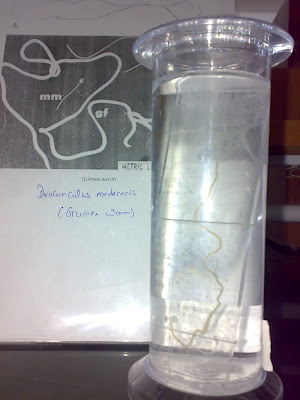Introduction :
In humans, adipose tissue is located beneath the skin (
subcutaneous fat), around internal organs (visceral fat), in bone marrow (yellow bone marrow) and in breast tissue. Adipose tissue is found in specific locations, which are referred to as
adipose depots. Adipose tissue contains several cell types, with the highest percentage of cells being adipocytes, which contain fat droplets. Other cell types include fibroblasts, macrophages, and endothelial cells.
WHY IT IS GOOD FOR BODY :
- It functions as
the major storage site for fat in the form of
triglycerides
- Important heat insulator in the body (subcutaneous fat)
- As the major form of energy storage, fat provides a buffer for
energy imbalances when energy intake is not equal to energy output
- The
average woman with 20% body fat has about one month of energy stored
as fat.
- In
hibernating animals and neonates, brown adipose tissue is important
for regulating body temperature via non-shivering thermogenesis.
WHY IT IS BAD FOR BODY :
Physiological amount of adipose tissue is needed for the body if it becomes excess then will lead to one of the most emerging problem in today's life i.e OBESITY leading to complications like
- Metabolic complications - type 2 diabetes,
insulin resistance and hyperinsulinemia,
dyslipidemia, gout
- Abnormalities of hormones - growth hormone, hypothalamic-pituitary-adrenal axis, cytokines,
renin-angiotensin system, leptin, ghrelin.
- Cardiac and vascular diseases - coronary heart disease,
hypertension,
congestive heart failure,
cerebrovascular disease,
thromboembolic disease
- Respiratory system abnormalities -
obesity-hypoventilation syndrome, sleep apnea.
- Digestive system abnormalities - gallbladder disease,
hepatic disease.
- Nervous system - pseudotumor cerebri, adiposis dolorosa, alzheimer's disease.
- Mechanical complications - arthritis,
increased intra-abdominal pressure.
- Other complications - immune system dysfunction, skin disease,
eye disease,
cancer,
social complications.
Histological Features :
This histology slide shows adipose tissue surrounding the ureter. The
adipocytes are shaped like a signet ring. The nucleus is pushed to the
periphery of the cell. The staining process leaches the fat out of the
cells, so these are just the skeleton of the cell. Some smooth muscle
from the ureter is visible in this section as well.
Conclusion : body fat is one one the most useful aspect of the body and when present in excess or not properly regulated will lead to a cascade of diseases..
![Validate my Atom 1.0 feed [Valid Atom 1.0]](valid-atom.png)


























